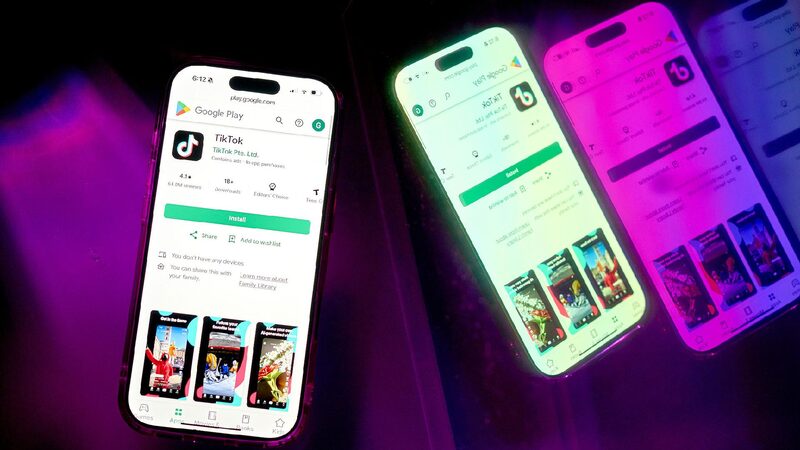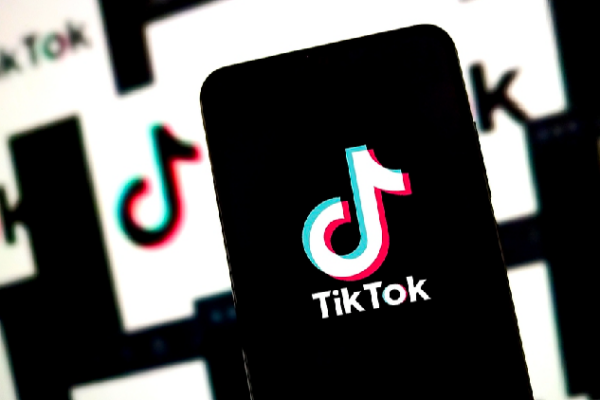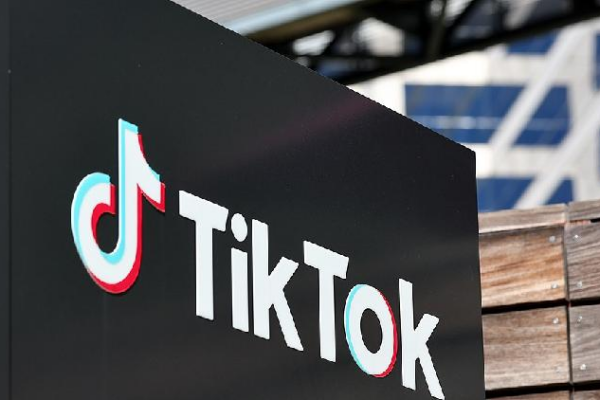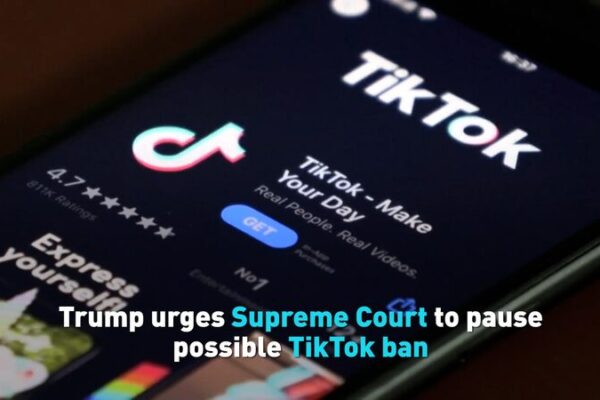TikTok, the immensely popular short-form video app, is facing a potential ban in the United States, raising concerns among its 170 million U.S. users. From national security debates to legal battles, here’s what we know about TikTok’s uncertain future.
Background
TikTok, launched globally in 2017, is the international version of Douyin, a short video app created by ByteDance in the Chinese mainland. Founded in 2012 by entrepreneur Zhang Yiming, ByteDance developed an advanced recommendation algorithm that revolutionized content discovery for users worldwide.
By 2019, TikTok had become the second most downloaded app globally, capturing the hearts of millions with its entertaining and creative content. However, its rapid rise coincided with increasing scrutiny in the United States over data security and privacy concerns.
Escalating Tensions
In 2019, the U.S. Department of Defense advised military personnel to delete TikTok from their devices. The following year, the Trump administration issued executive orders aiming to restrict the app, citing concerns over data collection practices. These efforts faced legal hurdles, delaying their implementation.
Although the Biden administration initially put a halt to the legal cases, concerns persisted. In the spring of 2024, Congress passed the “Protecting Americans from Foreign Adversary Controlled Applications Act,” granting President Biden the authority to ban apps considered national security threats. The act set a deadline for ByteDance to divest its U.S. operations.
TikTok’s Legal Battle
In response, TikTok filed a lawsuit against the U.S. government, arguing that a ban would be unconstitutional and infringe upon the First Amendment rights of the company and its users. On January 10, 2025, the U.S. Supreme Court heard arguments but did not immediately issue a decision.
What Happens Next?
If the court upholds the ban and there’s no delay from the government, TikTok could be banned in the U.S. by January 19, 2025. Users might no longer find TikTok in app stores, and those with the app may experience service disruptions.
Many users might turn to virtual private networks (VPNs) to access TikTok content. Alternatively, they may migrate to other platforms like RedNote, another social media app from the Chinese mainland that has seen a surge in U.S. registrations. However, content creators who have built their livelihoods on TikTok may face challenges rebuilding their audiences elsewhere.
Possible Delays and Alternatives
There is speculation that the U.S. government could delay the ban. With Donald Trump set to take office on January 20, 2025, reports suggest he is considering a plan to save TikTok. Additionally, the Supreme Court may overturn the ban before it takes effect.
Meanwhile, TikTok employees in the U.S. have reportedly been reassured by ByteDance that the company will not immediately cease operations in the country.
The Impact on Users and Creators
The potential ban has left many users uncertain about the future. For the millions who enjoy TikTok’s unique content, the loss of the platform would be significant. Creators who rely on TikTok for income may need to adapt quickly to new platforms, starting from scratch to rebuild their follower base.
As the situation unfolds, users are keeping a close eye on developments, hoping for a resolution that allows TikTok to continue operating in the United States.
Reference(s):
TikTok's future: A timeline and analysis of the potential ban impact
cgtn.com








